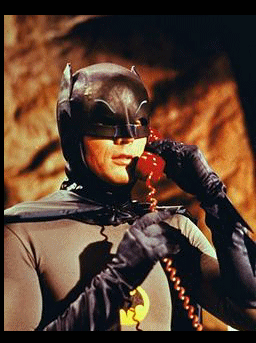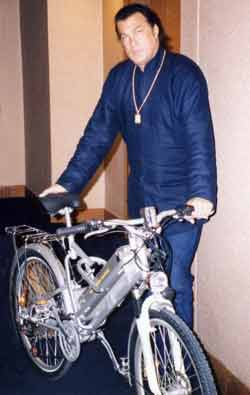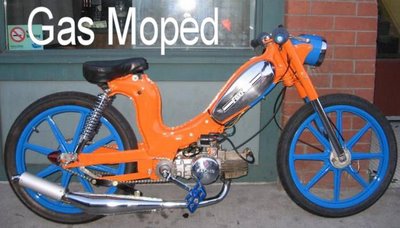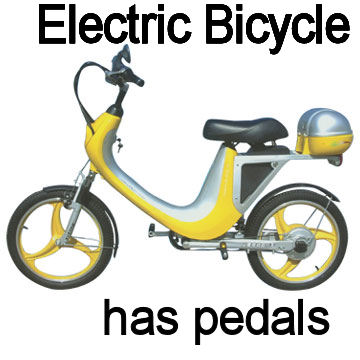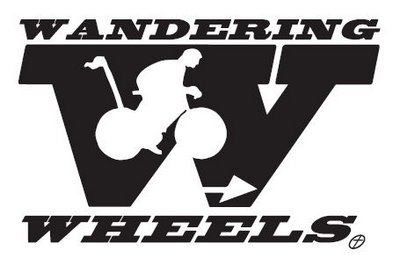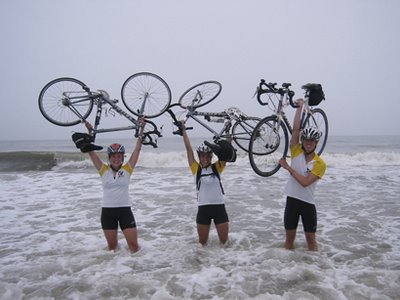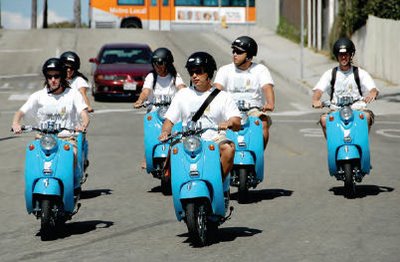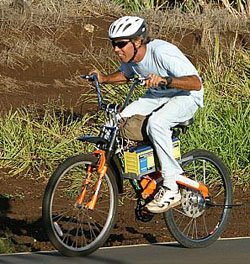Note from the Author of this post: This post is an analysis of the California Vehicle Code that applies to ebikes, and some other bikes, trikes, and quadricycles, in the light wieght category. It is a work in progress, and your comments and feedback are encouraged. You may post comments "anonymously" if you like. Thank you.
According to the California Vehicle Code 407 (CVC 407), a 3 and 4 wheeled vehicle, used by a senior citizen or person with a disability, is allowed to use these vehicles.
And these vehicles can have a top speed of.... 30 miles per hour.
407. A "motorized quadricycle" is a four-wheeled device, and a "motorized tricycle" is a three-wheeled device, designed to carry not more than two persons, including the driver, and having either an electric motor or a motor with an automatic transmission developing less than two gross brake horsepower and capable of propelling the device at a maximum speed of not more than 30 miles per hour on level ground. The device shall be utilized only by a person who by reason of physical disability is otherwise unable to move about as a pedestrian or by a senior citizen as defined in Section 13000.
These devices, apparently, can have en electric or gas, or whatever power source they so choose, as long as it has an "automatic transmission" and has less than a two horse power engine. The electric motor is not required to have an "automatic transmission" according to 407 as you can see they distinguished an "electric motor" from other "motor" with the "or".
in
CVC 405, they define a "motorcycle" that must have a pison driven engine, that displaces less than 150 cubic centimeters. I suppose that would exclude elctric motors which do not displace any cubic centimeters, or perhaps it would include any motorcycle, no matter the horse power of the engine. According to CVC 405, it is not specifically being described as a device or a vehicle.
<
405 A "motor-driven cycle" is any motorcycle with a motor that displaces less than 150 cubic centimeters. A motor-driven cycle does not include a motorized bicycle, as defined in Section 406.
In
CVC 406(a), they say any 2 or 3 wheeled device or vehicle, [NOT four wheel, by the way(see 407)], can apparently have a motor of any size as long as it can not propel the device faster than 30 miles per hour, and has working pedals. If it has an electric motor, the motor can have a maximum of two horse power. And the electric powered devices can have pedals or not, as long as they are only capable of propelling the device up to a maximum speed of 30 miles per hour on level ground. It is unclear what the law would be if this device was a hybrid or had two electric motors.
For example, if there were two electric motors on the
"device", would the horse power of each be added together for a grand total, or would they be looked at individually, to determine
"a motor which produces less than 2 gross brake horse power"?
406(a) A "motorized bicycle" or "moped" is any two-wheeled or three-wheeled device having fully operative pedals for propulsion by human power, or having no pedals if powered solely by electrical energy, and an automatic transmission and a motor which produces less than 2 gross brake horsepower and is capable of propelling the device at a maximum speed of not more than 30 miles per hour on level ground.
CVC 406, continues with 406(b), which apparently defines an "electric bicycle", and out in the real world, commonly referred to as an ebike, as a a device with operational pedals, as
406(a) referenced, but with a maximum horse power, presumably, of
1.34 horsepower. I arrived at this number by taking the horsepower of one watt, which is ".00134102209", and multiplied it times 1000, to get the horsepower of 1000 watts.
Also, one horsepower equals 746 watts, so you can calculate the horsepower of 1000 watts by deviding the watts per one horsepower (746) by the maximum watts (1000) to get the horsepower of 1000 watts . For more info on calculating watts and horsepower, see:
Motor FormulasPresumably, CVC 406(a) applies to any elctric bicycle capable of a level ground speed 20-30 miles per hour(maximum level ground speed), and an electric motor with a
maximum wattage of 1492 watts(2 horsepower). I arrived at the number by calculating the maximum horsepower (2) by the watts per horsepower (746). It is implied that ground speed excludes human power imput.
Presumably, in either case, CVC 406(a) and CVC 406(b), the device must have two or three wheels. If it is a four wheel device meeting all the other requirements, it does not apply, from my analysis of the code. The only exceptions I could find are in
CVC 407, which provides for thier use only to "senior citizen's" and persons with "physical disablities". And even with the exception for these two classes of people, it appears to restrict their use to the same as a "pedestrian", which is defined in
CVC 467Thus far, I have been unable to find any low speed bicycle, either electric, or human power alone, in the CVC (Calif Vechicle Code) book, other than the 3 and 4 wheeled motorized devices for pedestrian use. Thus, it appears that 4 or more wheeled human powered or with electric power assist, are outside the current law in California.
Reletated Posts:
-
CVC 406-
Ebike/E-Scooter Public Parking/ChargingRecommended Links:
-
Cycle Santa Monica! community forum-
Power-Assist community forum-
E-Motor-Assist community forum-
Moped Army-
Electric Bicycle Laws (wiki)-
Trans-Port-Station-
Myron's Mopeds-
Air-Powered-Vehicles community forum
